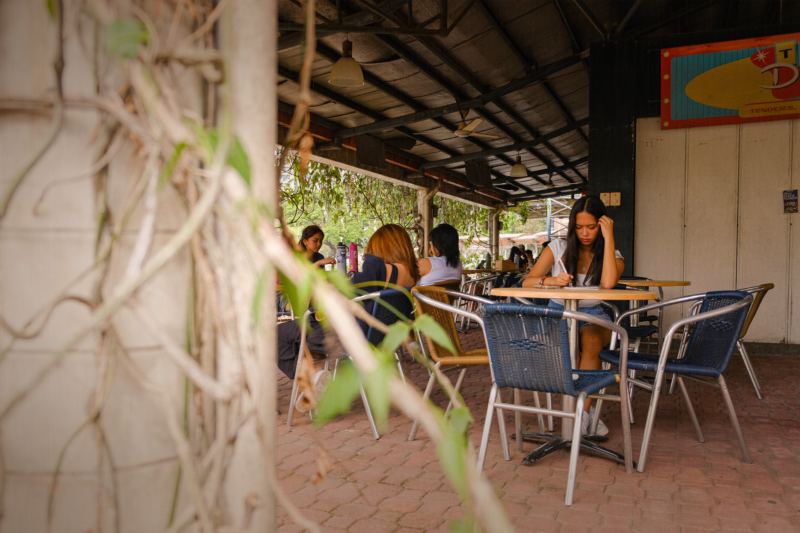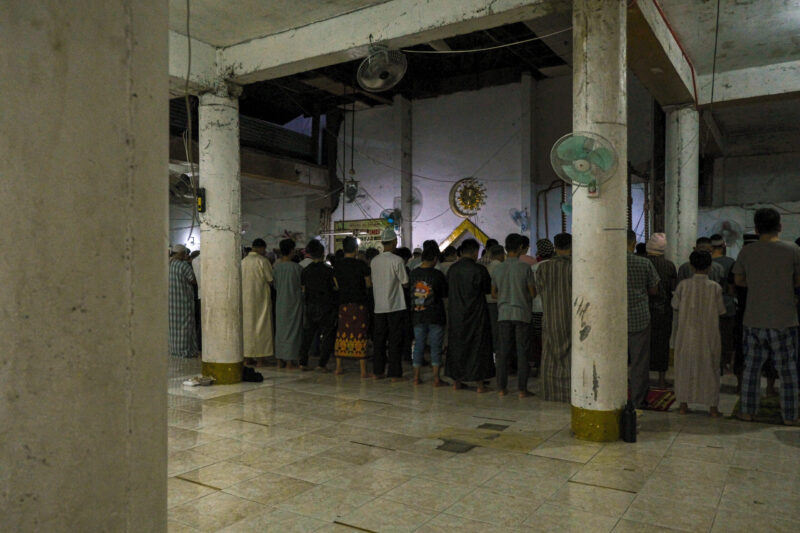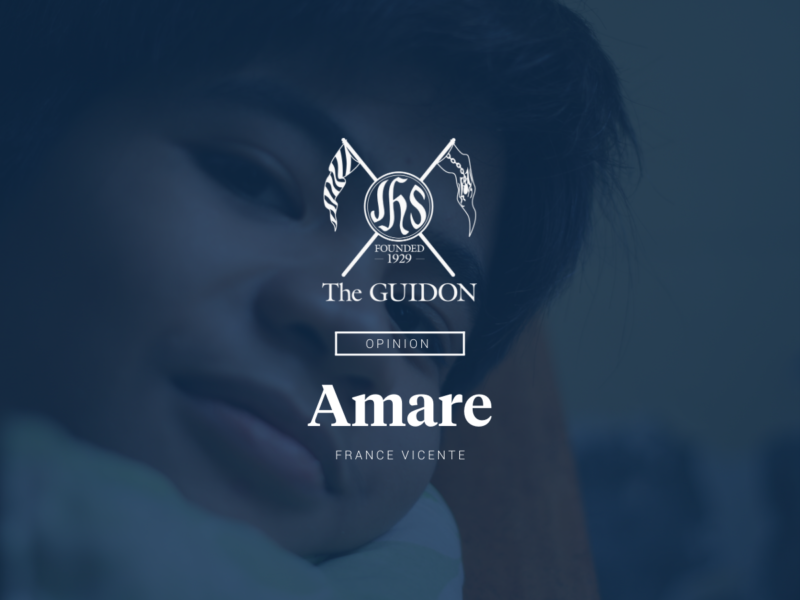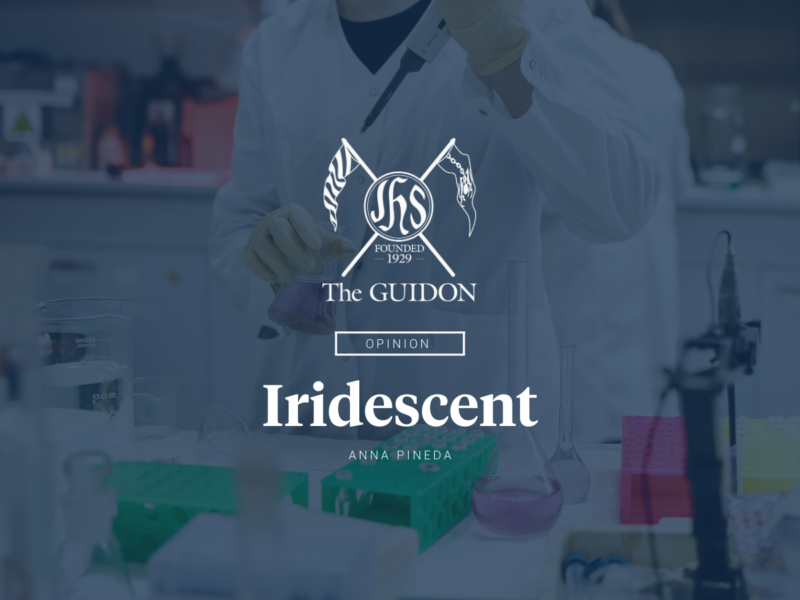In the School of Science and Engineering’s (SOSE) pursuit to undertake scientific research, they face financial struggles and logistical limitations, prompting discussions on the University’s avenues for supporting academic endeavors.
CONDUCTING SCIENTIFIC research is part and parcel of a Science, Technology, Engineering, and Mathematics (STEM) education. More than ever, the full return of onsite learning in the University has brought STEM students back to the laboratory, ready to don their coats for the first time in two years.
With the pandemic exposing gaps in the current capacities of the scientific and healthcare fields, the next generation of science researcher-practitioners must be trained to conquer any health crisis that could plague the world yet again.
Driven more than ever to respond to that noble call, thesis partners and scholars Yanni Bolacito and Jenn Sampiano (4 BS BIO) hope to pursue careers in the medical field. In line with this, the pair’s senior thesis aims to find antibiotic alternatives using plant extracts indigenous to the Philippines.
Unfortunately, one cannot simply begin an experimental study without accounting for the practical considerations. For Sampiano, Bolacito, and the STEM community, pressing financial issues may restrict student-researchers from fully actualizing their lofty ideas.
In short supply
The end of an undergraduate degree is marked by the completion of a thesis. In the case of SOSE Seniors, laboratory subjects were moved to their Junior Year when onsite classes resumed. Laboratory classes like Microbiology were taught to Sampiano and Bolacito in their Third Year when it is normally taken in the First Year. They both express their struggles having laboratory classes for the first time while also pursuing a thesis grounded in laboratory work.
“By [the] Second Semester of Third Year, we were already doing thesis proposals. It was a bit challenging especially since we didn’t know our way through the laboratory. We just had to learn our way through doing [it]. Until now, we’re actually still learning a lot. Each day, we’re learning something new,” Sampiano shares.
Nonetheless, both remain grateful for the two years they are still able to experience onsite. With the return of the physical learning setup, they were able to pursue a thesis that was not limited to virtual means.
Fortunately, they also won the 2023 Philippine Council for Health Research and Development (DOST-PCHRD) Undergraduate Thesis Grant in Natural Products with another thesis pair, Kaye Cortado and Renz Trovela (4 BS BIO). The highly competitive grant awards Php 50,000 to two pairs or two groups per region.
Extremely grateful for such assistance, Sampiano and Bolacito quickly realized how costly their materials would be in light of the laboratory’s limited cap for available resources. For example, the Biology Department can only provide 20g agar for one year. Alternatively, buying wholesale from suppliers would cost Php 3,000 to Php 5,000 for a whole bottle they would not even finish.
Besides that, the nonlinear nature of creating a thesis also generated unexpected costs. “It’s not like you plan it, you do it, it works the first time, then you’re done. [Thesis involves] a lot of planning and troubleshooting. There [are] repeats in experiments,” Sampiano explains.
Additionally, the issue of equipment availability persists to be an issue for science education. In the Ateneo, such issues pose a problem to students using equipment for both their thesis and regular laboratory classes.
“Mayroong kulang na equipment, mayroon ding equipment na sira sa isang lab (There is lacking equipment and equipment that is broken in one of the laboratories). It really shows how underfunded [Ateneo] is,” Bolacito highlights.
With that, the pair discussed how winning the grant was unexpected, given its high stakes. “We were hopeful, of course, but we were also just prepared in case na hindi matuloy ‘yung grant (in case the grant would not push through),” Sampiano notes. “We’ll still push through with our study, but we’ll find a way to make it more economical since we know it’s very costly.”
STEM students continue to face the same roadblocks Sampiano and Bolacito encountered, even without a grant. In the Ateneo, the channels for financial support continue to concern the SOSE community, especially with the full return of onsite classes.
Great scope, greater limitations
Back in the pandemic, students would often rely on remote laboratory kits and computer simulations to conduct their experiments. In a post-pandemic world, however, one needs to account for more costs: transportation, materials, and facilities.
In this regard, the SOSE Dean’s Office shoulders such essential costs. SOSE Dean Raphael Guerrero, PhD shares that they offer such support with a budget that remains fixed even despite inflation. Thus, students often need to outsource such assets in order to adequately undertake their research interests.
Explicating these shortcomings is SOSE Sanggunian Representative Annielov Paboroquez. For example, chemical reagents—substances used to cause a chemical reaction—are given in a set amount that is usually insufficient. The limited supply, purchased using a budgetary allocation from the Dean’s Office, would force students to spend more.
Furthermore, while the Ateneo’s laboratories are generally free to use, students need to pay for specialized equipment for maintenance purposes. Even then, campus laboratories may be too rudimentary for some studies. As such, additional transportation, equipment, and data collection and analysis fees also take the bulk of their expenses.
Despite these limitations, the Dean’s Office and the SOSE Sanggunian provide multiple opportunities for students to ease the cost of their academic pursuits. Guerrero discloses that his office is actively working on expanding and maintaining a network of sponsors and partners who can contribute to the pool of resources.
Meanwhile, the SOSE Sanggunian collaborates closely with the Dean’s Office to provide the Sanggunian Academic Subsidy. Every semester, this initiative is open to students across the four schools. In particular, SOSE undergraduates who are completing their academic requirements or attending conferences abroad are welcome to apply for the financial grant, capped at Php 30,000 per individual or group applicant.
The final amount they will be awarded is determined by their line item budget. Last semester, the 30 groups who applied for the subsidy had a total of Php 2,384,000 in expenditures. Providing for these groups at the Php 30,000-limit would have cost the SOSE Sanggunian Php 890,000, which is Php 500,000 more than their Php 390,000-budget.
According to Paboroquez, those who have often sought this subsidy are thesis students from BS Biology and BS Environmental Science given their costs for data collection and analysis. She divulges that despite the necessity, the SOSE Sanggunian is having a difficult time encouraging students to apply for the grant, particularly because of the initiative’s largest deterrent: the slow release of funds.
To request for funding, the SOSE Sanggunian sends the list of subsidy recipients to the Office of Student Activities with the Dean’s endorsement. Once approved, the request is forwarded to the Office of the Vice President for Mission Integration and then the Central Accounting Office—the administrative office in charge of controlling fund disbursements and reimbursements.
Paboroquez laments that securing authorizations from these offices takes a long time. Although she ensures the swift approval of these requests, the pace at which higher offices release funds ultimately delays the financial aid.
“[These concerned offices are] still processing the first semester groups. Their funds haven’t been disbursed. They also haven’t been notified of the amount they’re eligible for. The Dean doesn’t want to release [that information] until we get the money,” Paboroquez says in a mix of Filipino and English.
The state of STEM education
Despite the amplified calls for STEM development, the evident lack of science funding leaves STEM researcher-practitioners to fend for themselves. Such concerns are exacerbated by phenomena such as the healthcare sector’s “brain drain.” Furthermore, rampant urbanization, ecosystem destruction, and worsening climate change further intensify the need for sound and actionable research and education. Should scientific education and research remain underfunded, it will remain in ivory towers, secluded from the people it is supposed to serve.
Sampiano underscores the greater need for support on scientific endeavors, considering that even Ateneans have to contend with stringent subsidy approval processes, as well as financial and material constraints.
“If ganito na ‘yung state ng Ateneo, how about other schools na walang funds at all (If this is the state of Ateneo, how about other schools that do not have funds at all)?” she notes.
In this light, Sampiano also expresses how the grant has provided significant support and hope to her group. “We feel we can push through because we have the funds to do it,” she emphasizes.
In the broader context, DOST’s 2024 budget saw a disproportionate prioritization of the country’s educational goals. Notably, the research and education agencies and programs, including that of the Philippine Science High School, have suffered from budget cuts.
As Guerrero recognizes the globalized context of STEM graduates, he highlights the need for an education that invests in the talents and potentials of the students.
“For that, you need to be updated. […] You have to know how science works, because we live in a science- and technology-driven society. […] No matter what degree you graduate with, that curiosity, that willingness and openness to solve problems, will work anywhere, in any job,” he shares.
At the heart of science education is the desire to learn and create more to contribute to humanity’s ingenuity and progress. However, when such a desire is neglected by a significant deficiency in support, the future of Philippine STEM education is left in a stagnant and uncertain state.







